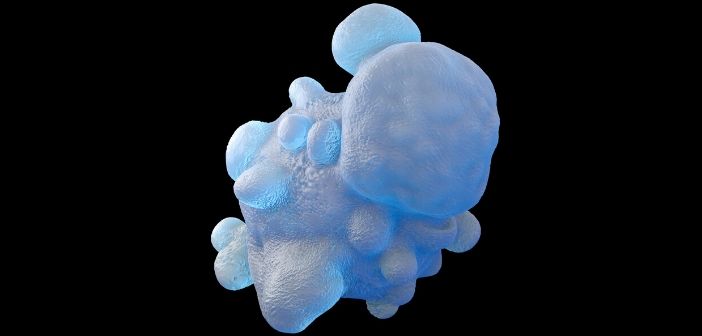International NETwork investigates the role of neutrophils in severe COVID-19 cases

As the fight against the current coronavirus pandemic continues, new research has come to light highlighting the potential role of overactive neutrophils in the most severe cases of SARS-CoV-2.
The study was carried out by an international research consortium, termed the NETwork, to investigate the role of Neutrophil Extracellular Traps (NETs) in COVID-19 infections. The NETwork comprises 11 organizations from the USA, Canada and France including: Cold Spring Harbor Laboratory, The Feinstein Institutes for Medical Research, Weill Cornell Medicine (all NY, USA), McGill University Health Centre (QC, Canada) and Centre Hospitalier Universitaire de Nancy (France).
“NETs were identified in 2004, but many scientists have never heard of them. Most of the researchers in the NETwork have worked on NETs in other diseases, and when we started hearing about the symptoms of the COVID-19 patients, it sounded familiar,” remarked senior author Mikala Egeblad (Cold Spring Harbor Laboratory).
In the study, published recently in the Journal of Experimental Medicine, the researchers presented evidence from the literature and autopsy samples from three COVID-19 patients at the Weill College of Medicine to support the hypothesis that NETs released by neutrophils contribute to organ damage and death in COVID-19 patients.
It was noted that severe symptoms in late stage COVID-19 cases, including the development of Acute Respiratory Distress Syndrome (ARDS), thick mucus secretions in the airways and the development of blood clots, were similar to the symptoms of diseases already known to the researchers as being caused by NETs.
Further, the researchers identified neutrophil infiltration in the pulmonary capillaries of the three autopsy samples and found corresponding notes in two other recently published autopsy reports of COVID-19 patients. This further supports the theory that neutrophils may be responsible for mortality in these severe coronavirus cases.
“Given the clear similarities between the clinical presentation of severe COVID-19 and other known diseases driven by NETs, such as ARDS, we propose that excess NETs may play a major role in the disease,” explained lead author Betsy Barnes (the Feinstein Institutes). “As samples from patients become available, it will be important to determine whether the presence of NETs associates with disease severity and/or particular clinical characteristics of COVID-19.”
The team plans to continue their work analyzing the presence of NETs as samples become available, in order to determine whether or not NETs are actually a common feature in COVID-19 cases. If this is confirmed, it could lead to the deployment of treatments currently used to manage other NET-caused diseases, potentially eliminating the need for invasive mechanical ventilation.
Sources: www.cshl.edu/global-network-studies-role-of-immune-cells-in-covid-19-deaths/; Barnes BJ, Adrover JM, Baxter-Stoltzfus A et al. Targeting potential drivers of COVID-19: neutrophil extracellular traps. 217(6), e20200652 (2020)